Can Succulents Live Forever Indoors?
Many people wonder if their favorite succulent can truly last forever indoors. Succulents cannot live forever inside, but with the right care, they can survive and thrive for many years. Knowing how to meet their unique needs is the key to keeping your indoor succulents healthy and happy.
You may have seen succulents that seem to never die, quietly sitting on a windowsill for years. While these plants grow slowly and often have long lifespans, there are important factors to consider if you want yours to last as long as possible. Learning the best ways to care for them indoors makes a big difference.
Key Takeaways
- Succulents do not live forever indoors.
- Long lifespans depend on proper sunlight, watering, and soil.
- Good care helps your plants look better and live longer.
Can Succulents Live Forever Indoors?
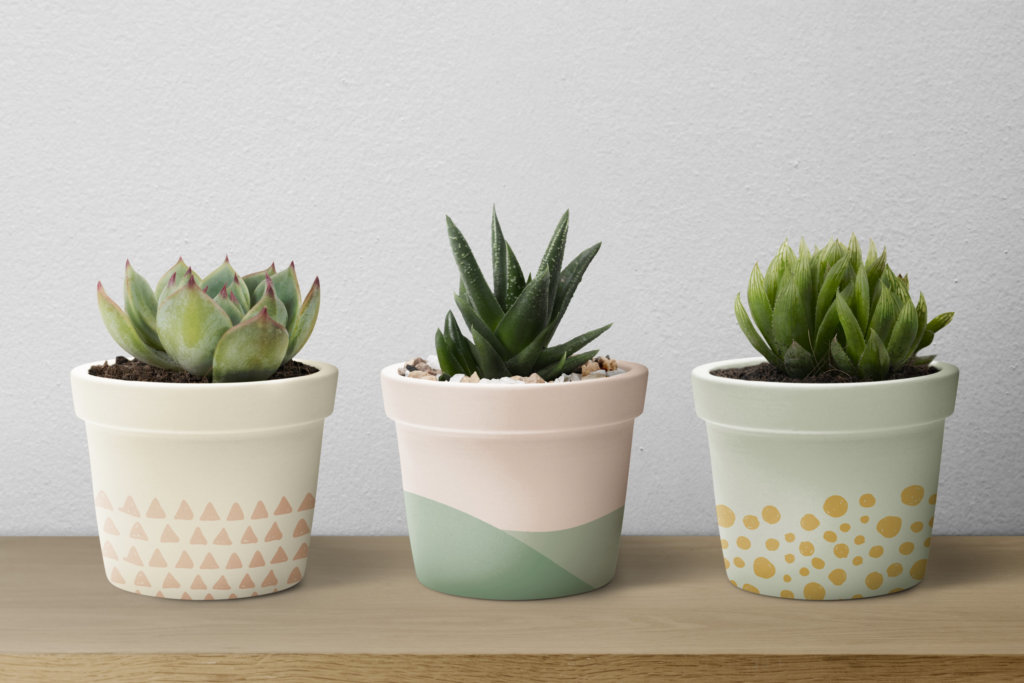
Succulents are well known for their toughness and ability to thrive indoors for many years. Still, no plant can truly live forever, and even the best indoor care has its limits.
Understanding Succulent Lifespans
Most indoor succulents can live for several years, but none live forever. Each plant has a natural life cycle that depends on its species and environment. For example, the jade plant often lives 50-100 years with the right care. Aloe vera can also last for 12 years indoors.
These numbers show that while succulents have impressive lifespans indoors, they all eventually age out.
Factors That Influence Indoor Longevity
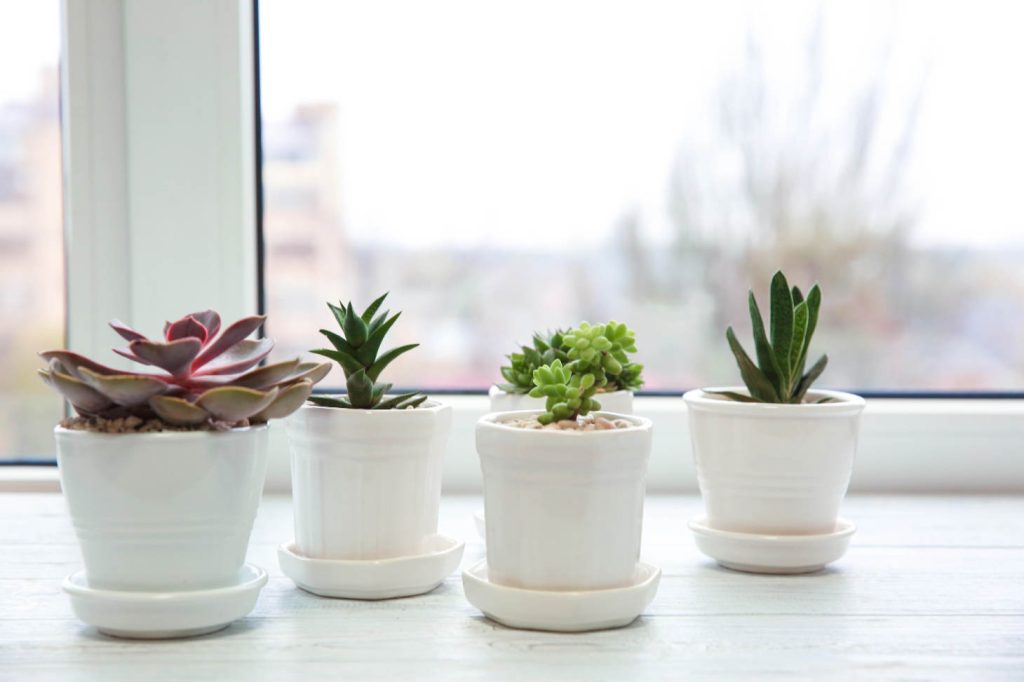
The main factors that affect how long your indoor succulents live include light, water, soil, and temperature.
- Light: Succulents need 6 or more hours of bright sunlight each day. Place them near a south-facing window to keep them healthy.
- Water: Let the soil dry out between waterings. Too much water can lead to root rot, which shortens their life.
- Soil: Use well-draining soil, such as a succulent mix. Poor drainage leads to disease.
- Temperature: Keep succulents in temperatures between 60–80°F (16–27°C). Avoid cold drafts and extreme heat.
Humidity, pests, and fertilizer also affect longevity, but proper basic care is most important for keeping your succulents thriving as long as possible.
Species With Exceptional Indoor Longevity
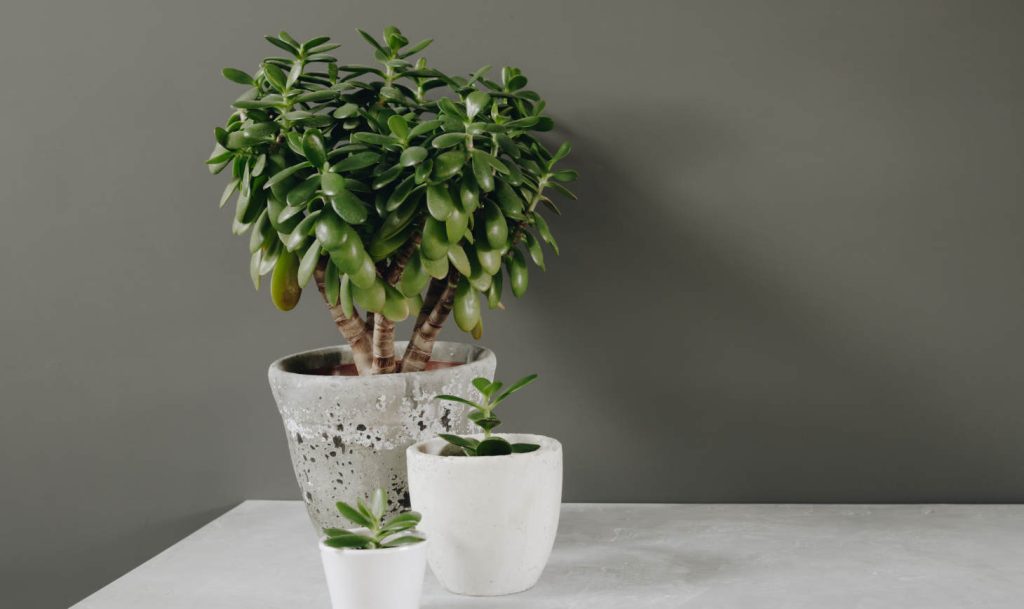
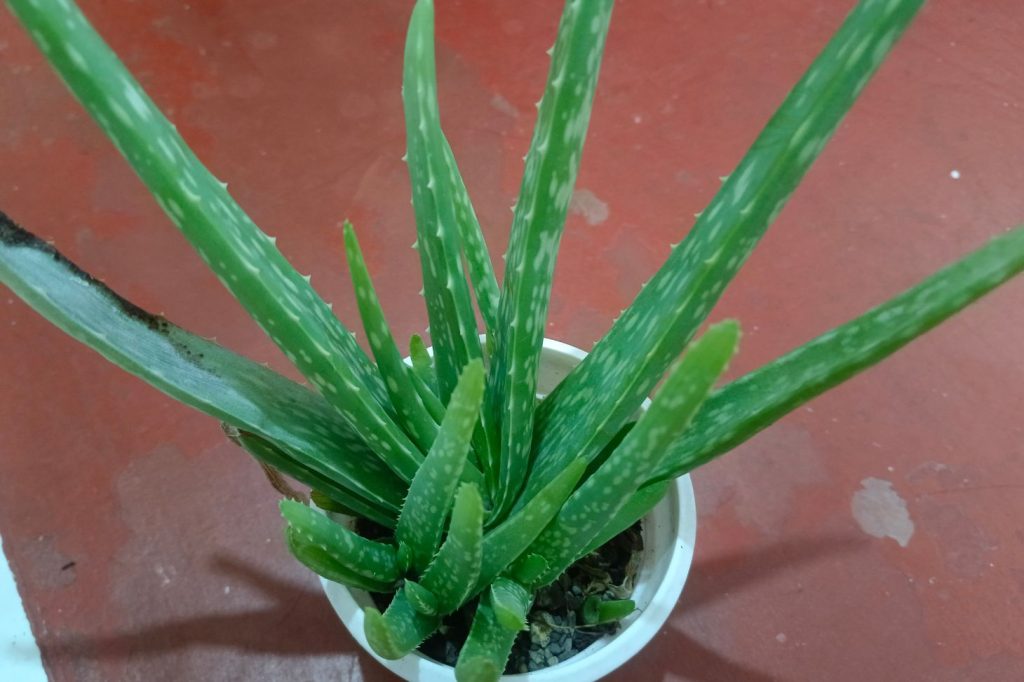

Some succulents are famous for their long lives indoors. The jade plant (Crassula ovata) often outlast most other houseplants when cared for well. You may find stories of jade plants being passed down through generations.
Aloe vera, snake plant (Dracaena trifasciata), and hens and chicks (Sempervivum) are also known for their resilience and can live indoors for many years.
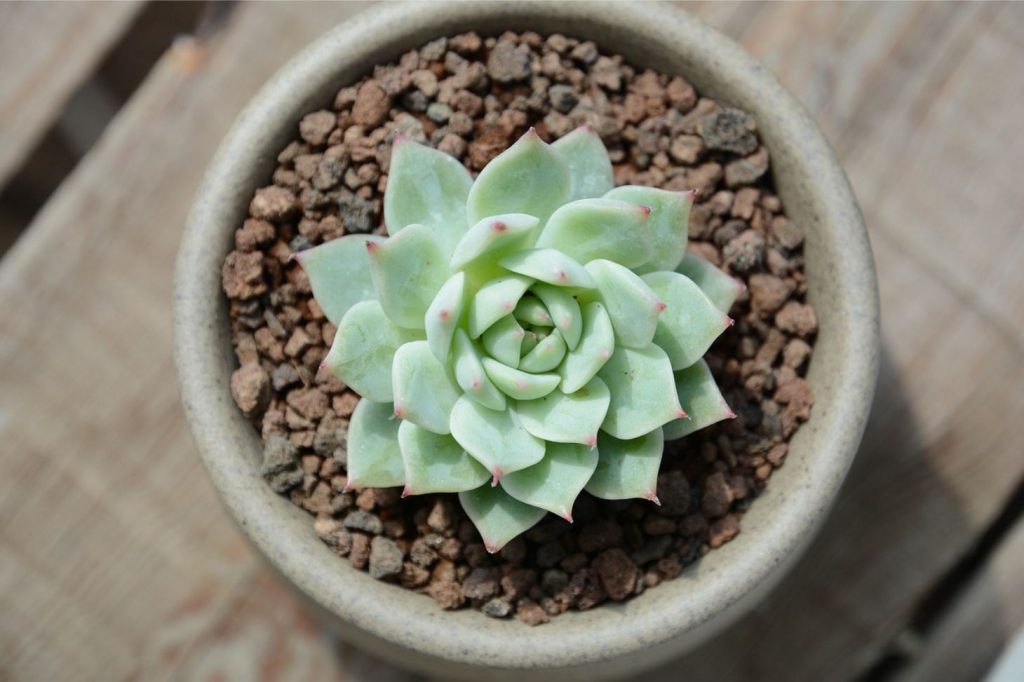

The table below highlights common indoor succulents and typical lifespans:
| Succulent Type | Typical Indoor Lifespan |
|---|---|
| Jade Plant | 50–100 years |
| Aloe Vera | 10-12 years |
| Hens and Chicks | About 5 years |
| Echeveria | 3–30 years |
| Living Stones | 40-50 years |
| Haworthia | 50 years or more |
| Snake Plant | 5–25 years or more |

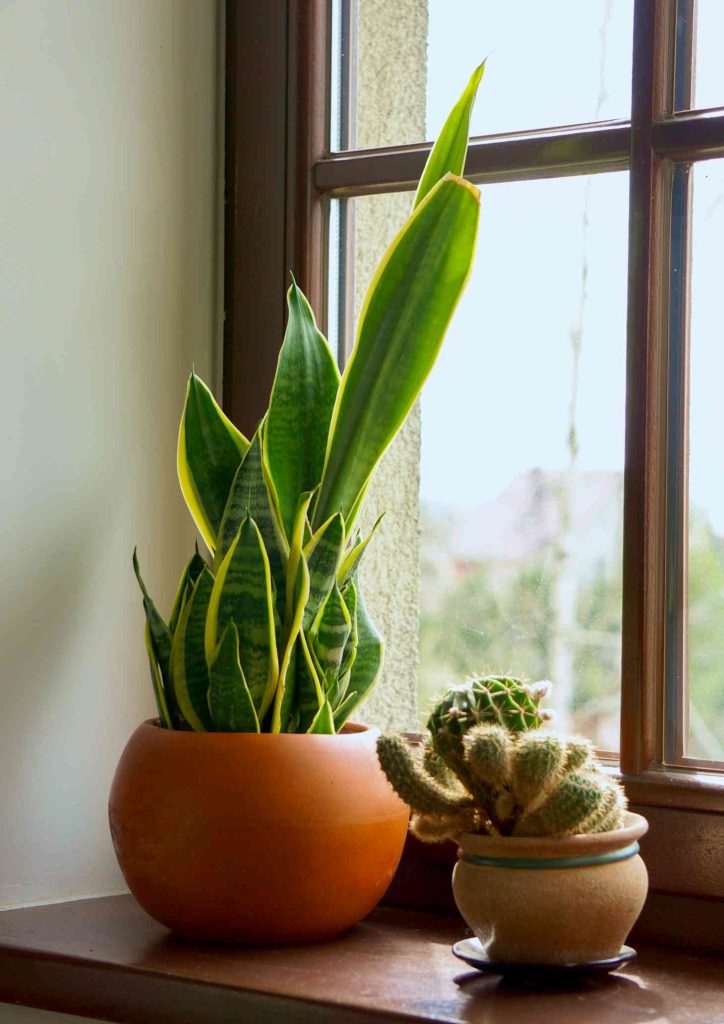
Essential Conditions for Long-Lived Indoor Succulents
Keeping indoor succulents healthy and thriving depends on a few basic but important care practices. Paying careful attention to light, soil, water, temperature, and humidity increases both the health and lifespan of your houseplants.
Light Requirements and Avoiding Etiolation
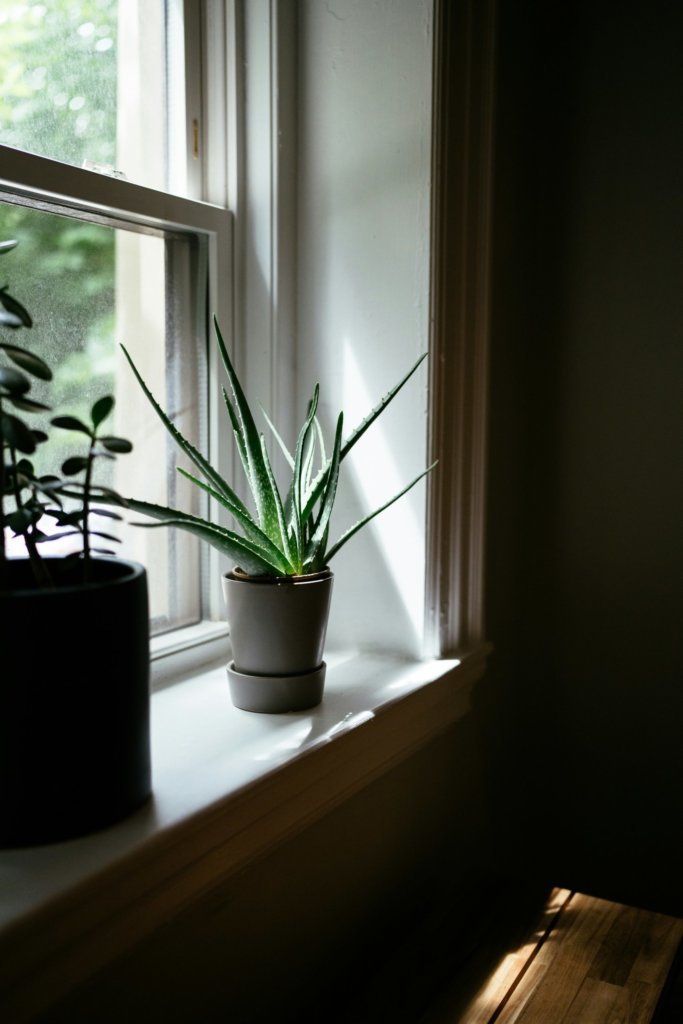
Succulents need lots of light to grow strong and keep their shape. Most types do best with six or more hours of bright, indirect sunlight each day. Place your succulents near a south- or east-facing window where the sunlight is strongest.
If your plant is stretching, becoming pale, or its leaves are pointing downward, it is likely suffering from etiolation. This occurs when a plant doesn’t get enough light.
When natural light is limited, use a grow light made for houseplants. LED grow lights are a good choice because they provide the right spectrum of light. Keep the grow light about 6-12 inches above your succulents and turn it on for about 12-14 hours daily. Rotate the pots so that all sides of the plant get even light.
Selecting the Right Succulent Soil Mix

Succulents need soil that dries out fast to prevent root rot. Regular potting soil holds too much water and is not suitable for these plants. Use a well-draining specialized succulent soil or make your own mix. The best mix often includes:
- 3 parts potting soil
- 2 parts coarse sand
- 1 part perlite or pumice
This type of soil drains well and lets air reach the roots. Some garden centers sell premixed succulent soil, labeled for “succulents.” Make sure the pot you use has a drainage hole to let water escape. Check the soil every few weeks. If it stays damp for too long, switch to a faster-drying mix.
Proper Watering Practices
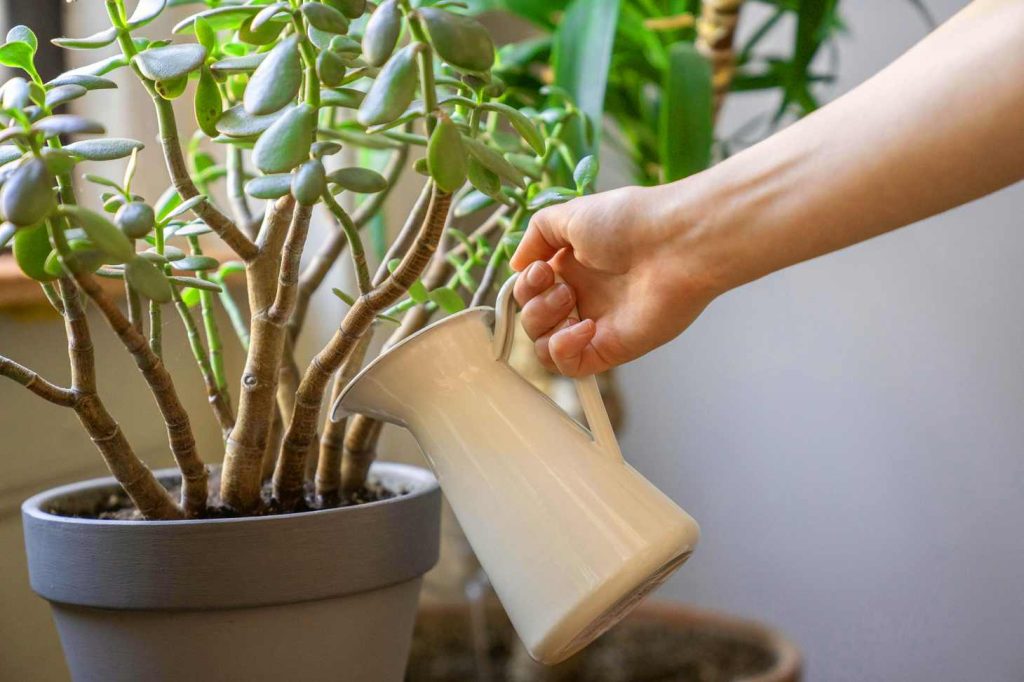
Watering is one of the most important parts of succulent care. Water your plants only when the soil is dry. Stick your finger in the soil or use a moisture meter to check for dryness at least one to two inches down. Most indoor succulents need water every 1-2 weeks, but this can change with the seasons.
Best Methods for Watering Succulents:
- Water the soil directly, not the leaves.
- Soak the soil until water drains from the bottom of the pot.
- Let the soil dry out completely before watering again.
Avoid leaving water in the saucer under the pot, as this can cause root rot. If the leaves look mushy or translucent, you may be watering too much. Wrinkled leaves often mean the plant is too dry.
Temperature and Humidity Management
Succulents do well in the average indoor temperature range of 60-80°F (16-27°C). They prefer cooler nights above 50°F (10°C) but can suffer if left in drafty or freezing spots. Keep your succulents away from air-conditioning vents, heaters, and cold windows in winter.
Low to average humidity suits succulents best. Too much moisture in the air encourages rot and pests. If you live in a humid area, use a small fan to keep air moving around your plants or place them in a less humid room of your home. Avoid misting succulents, as this can cause spots or mold.
If you provide the right temperature and humidity, your indoor succulents will show healthy growth and resist common problems.

